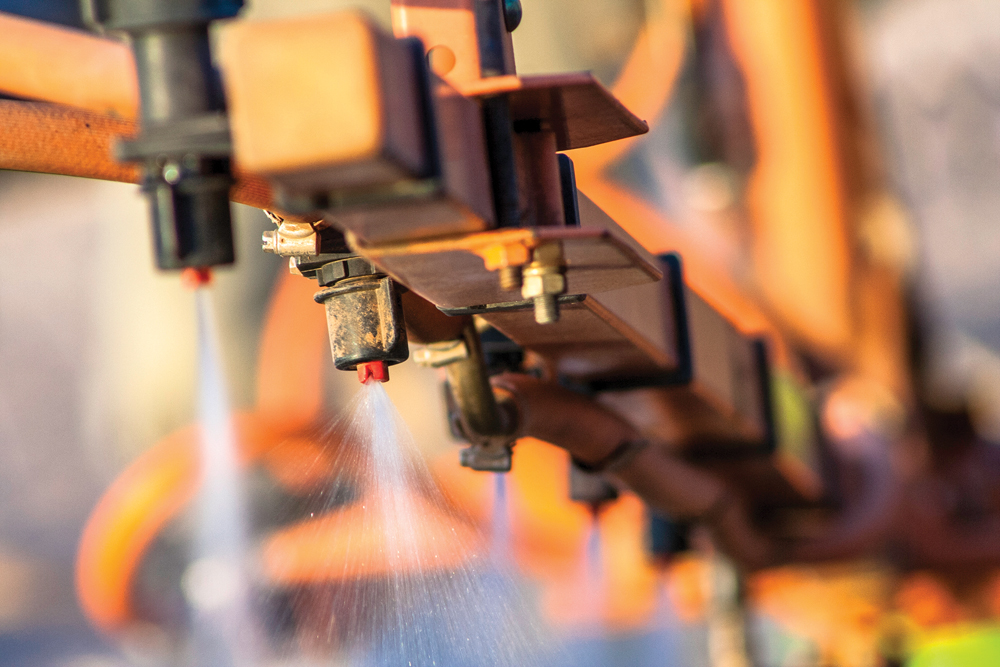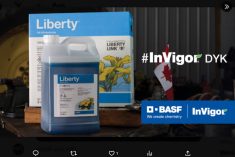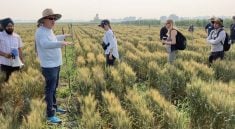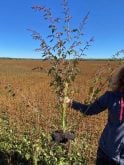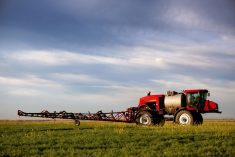Like any developing technology, spot-spraying systems are far from perfect.
In a Manitoba demonstration this July, attendees noted that the WEEDit system missed some smaller weeds during a single pass. That could be addresses by adjusting sensor sensitivity or by turning on “dual mode,” which sprays a constant quarter-rate to take care of less hardy weeds on top of the green-on-brown trigger if the system hits a bigger weed, Saskatchewan spray expert Tom Wolf said. Both of those would cut into savings, he noted.
Read Also
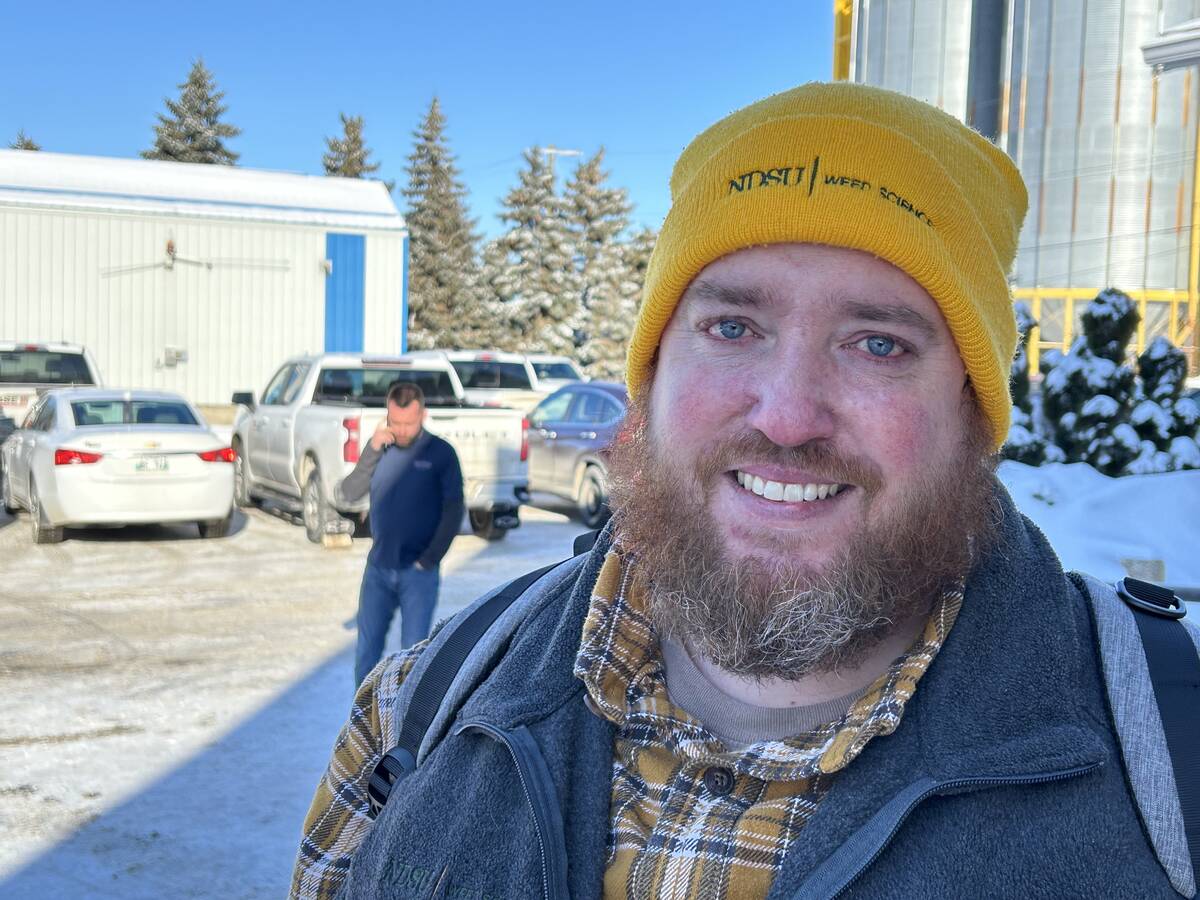
Glufosinate-resistant waterhemp found in U.S. Midwest
Kochia may also be on the road to Group 10 herbicide resistance, which would be a serious blow to Prairie farmers and canola growers, warns weed scientist.
For green-on-green sensors, the road ahead is still longer. Xarvio’s Warren Bills noted that their team is still fighting with dust, vibration and speed issues. The dataset that their smart sprayer must run through to identify an issue, decide on a course of action and then carry that action out is huge, he noted, and making those decisions at speed is an issue. The technology has focused on the traits of younger weeds since that is when control is needed, he added.
“It will take more data, more care and attention and better refinement of some of these image recognition algorithms for us to get to that point of full confidence,” he told Glacier FarmMedia in July at Ag In Motion.
Regional weed variation poses another wrinkle, since growing conditions may impact a weed’s physical traits and a weed growing in the southern U.S. might look very different in the Canadian Prairies. In other cases, software developed elsewhere in the world might not be uploaded with data from local species.
Xarvio is relying on their global reach to deal with that problem. The software includes a huge pool of images for species drawn from across the globe, Bills noted. Developers of Xarvio’s app, which formed the basis for their smart sprayer, argued that identification would get better as more people used and fed data into the app.
Daniel McCann of Precision.ai, meanwhile, is taking a more local tack. His software is, in fact, developed in Western Canada, and hopes to better-tailor his datasets for the Prairies.
“We’ve actually sent people out into fields with cameras in Saskatchewan and Alberta and Manitoba to actually capture the weeds and crops that are growing right here,” he said.


